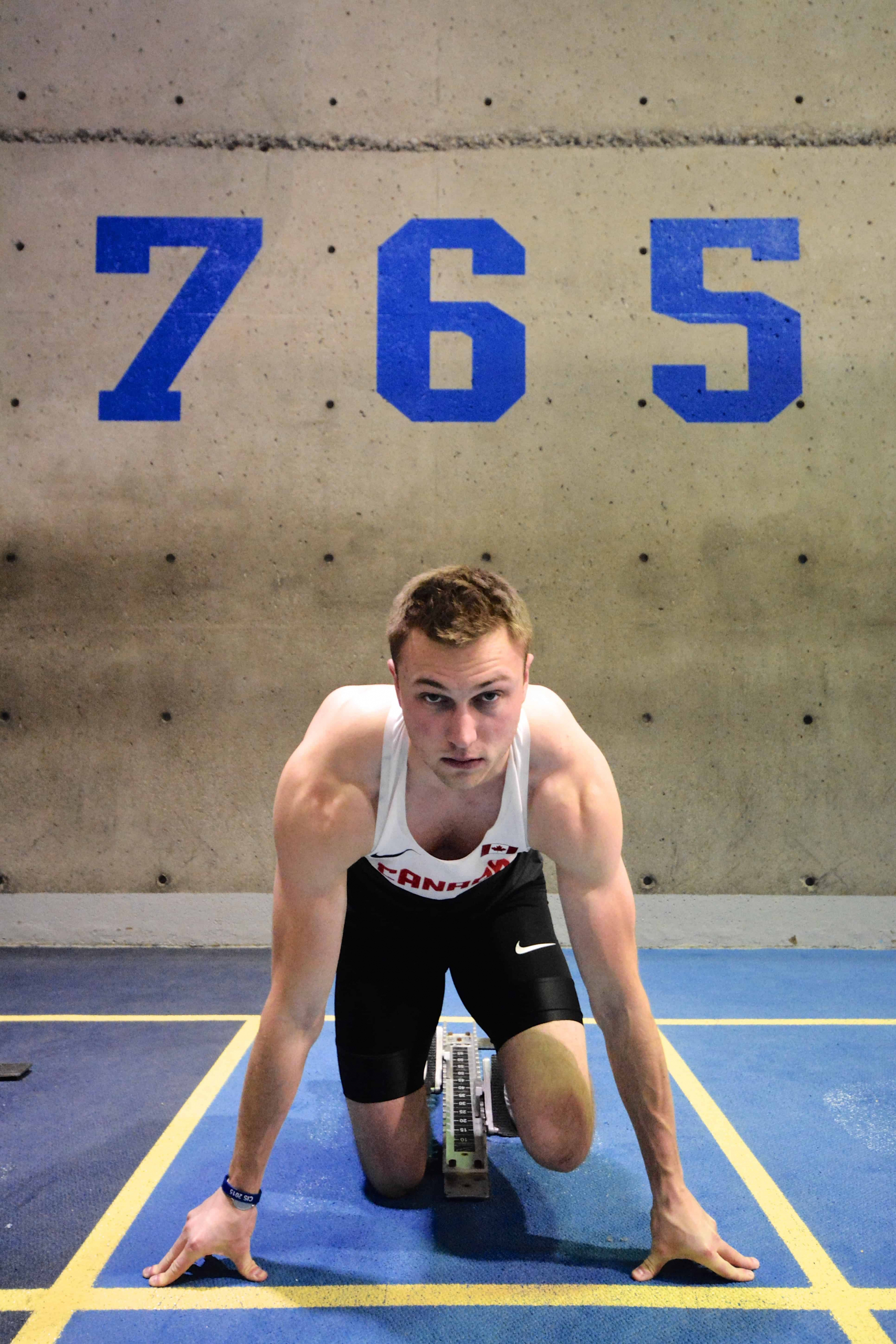For Canadian student athletes, the path to compete in international competitions is a difficult one. Between classes, work, and other necessary commitments there seems to be little time left over for high-level athletic training and competitions. Things become increasingly difficult for athletes when the university and country they represent in competition, do not provide them with enough support to live, study, and train. These factors make it difficult for student athletes to prepare adequately for competitions internationally.
In the past few years, crowd funding has been pursued as an alternative to more traditional funding initiatives. With the advent of websites like ArtistShare in 2001, or, more recently, Kickstarter in 2009, athletics-oriented crowd funding evolved from this model, which was named one of the best inventions of 2010 by Time magazine. Websites like makeachamp.com and pursu.it have emerged to respond to a growing demand for athletic crowd-funding platforms.
Last week, The Varsity published an article about two U of T track and field athletes. They discussed their goals, ambitions, and difficulties in securing financing that would allow them to train more efficiently and ready themselves for international competitions. The student-run crowd-funding platform trackieprofile.com mentioned in the previous article is helping U of T athletes to secure financing through the generosity of donors, while also allowing them to connect with fans, fellow athletes, and potential sponsors.
Trackieprofile.com is a fairly young track and field oriented crowd-funding platform that is run and created by U of T students. It makes sense that Tim Aribido and Bryan Li — co-founders of the site — would focus on track and field funding, being track and field athletes themselves. Rene Gibson and Filip Pejic are the two other members of this student-run endeavour. Gibson provides the visual component of the site and Filip Pejic its sponsorship planning.
The four developed Trackieprofile as a way to help student track and field athletes reach their goals and better prepare them for upcoming international competitions.
The individual nature of track and field means that athletes may “find it harder to gain the same level of support that members of team sports do.” Aribido then goes on to say that, “the idea was to create a website that would increase the publicity and funds that Canadian track and field athletes get.”
Indeed, trackieprofile.com is more than a simple crowd funding website. It is not just about providing funds to the athletes, it “allows the athlete to put whatever they wanted on their campaign page, not limited to certain categories” says Bryan Li. “We help them create high quality videos and photography, as well as contacting different companies to sponsor the athlete.”
In a sense, Trackieprofile looks and feels like a social networking service, with an extra ability to fund whichever athlete you choose. Student-athletes create profiles, and post new and exclusive content to inform their followers of their progresses and successes.
The idea was born from the feeling “that some crowd funding sites are actually quite unfair toward the athlete” Li explains. Sites like pursu.it charge a significant amount for the donations, and retract the funding in the event that the athlete does not reach 100 per cent of their targeted amount. Trackieprofile.com is more about the athlete, helping them reach their goals and allowing them to connect with various sponsors and supporters across the country.
“The current system and state of affairs in Canadian sport doesn’t come close to giving it’s athlete’s the support they both need and deserve to reach their goals” adds Rene Gibson, “the simple fact that students have to put their heads together to do something like this goes to show how much of a lack of support there really is out there.”
When student-athletes have to cover their own travel expenses, and some of their training costs, it shows a fault in the current system. “We all watch… the big games like the Olympics and the Pan-Ams this summer in Toronto, expecting our athletes to bring home medals, but that task is much harder for the athletes if our interest in them starts only when the games begin” says Aribido. Sure, it is more profitable to invest during peak interest times like the Olympics or the Pan-Am games, but any athlete knows that the hard work is done months, if not years, ahead of those competitions.
Crowd funding seems like a welcome alternative from the more traditional methods of financing, but should not become the sole method by which athletes are supported through the most pivotal years in their careers. The fact that students not only recognize this problem but are also coming together to create and develop new ways to help out each other is amazing in-itself.
As for trackieprofile.com, the next step will be the addition of new athletes on the platform in the next few weeks. Then, hopefully, the site will be able to expand, and branch out to other athletes in need.
CORRECTION: An earlier version of this article incorrectly stated that makeachamp.com retracts funding for athletes who are unable to raise 100 per cent of their target goal. The Varsity regrets the error.


